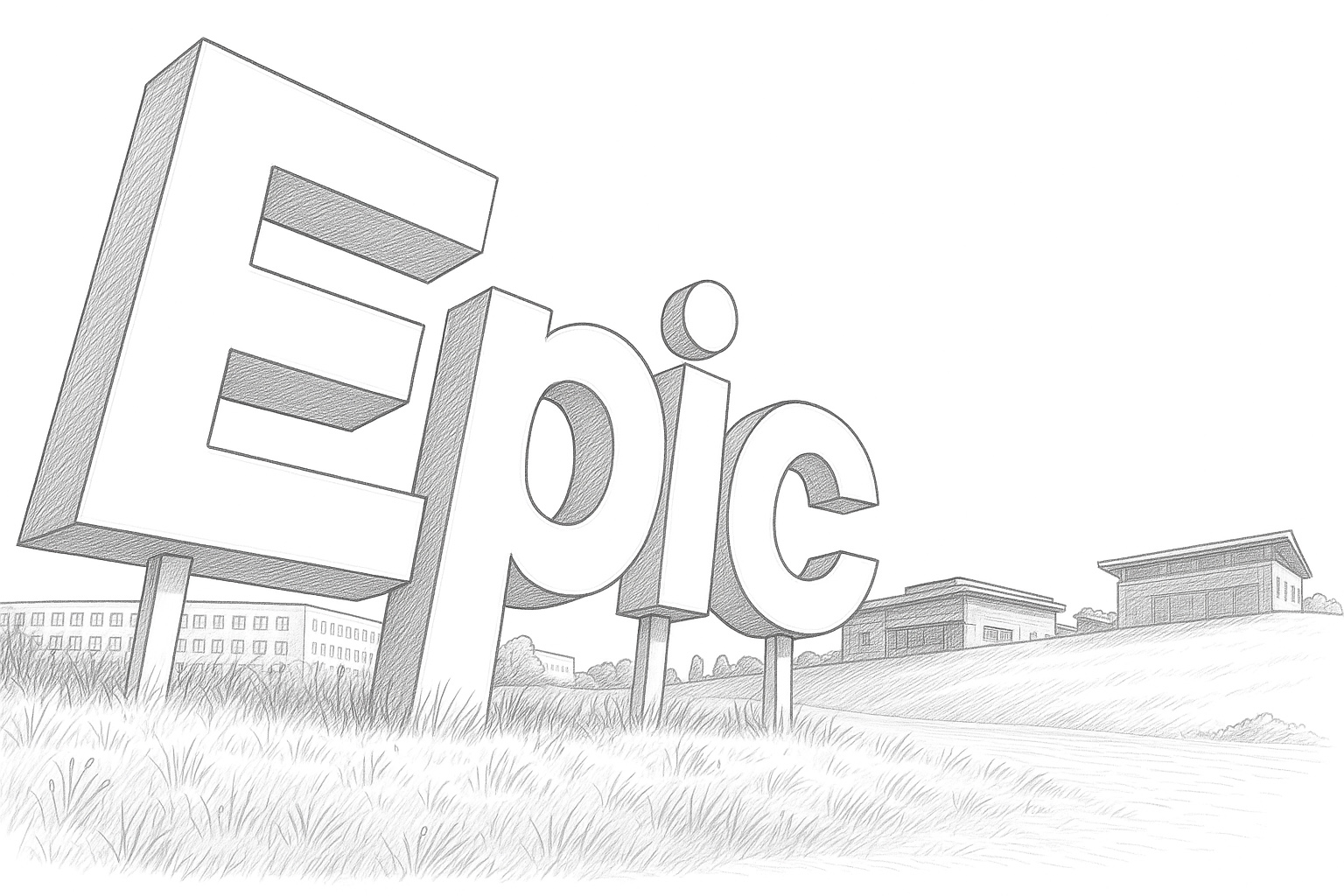What is an Epic Physician Builder?

An Epic Physician Builder is a unique role that blends clinical expertise with technical proficiency. Typically, these are practicing physicians who have undergone specialized training in Epic’s Physician Builder program. As a result, they serve as both subject matter experts in medicine and power users of the Epic electronic health record (EHR) system.
A Bridge Between Clinical Practice and Technology
Because Physician Builders actively practice medicine, they deeply understand the day-to-day realities of patient care. Their technical training empowers them to translate those clinical needs into meaningful EHR enhancements. This makes them especially valuable in roles that require both domain knowledge and system insight.
Valuable Contributors as Epic Analysts
Physician Builders often work closely with Epic analysts, acting as internal consultants who help define requirements, validate workflows, and ensure that build decisions align with real-world clinical practice. Their feedback can prevent costly missteps and ensure better clinician adoption.
Partners for Third-Party Integrations
- Offer practical insight on how integrations should work within existing clinical workflows.
- Provide validation and user testing from a provider’s perspective.
- Help navigate the complexities of Epic’s architecture and data flows.

|
Nathan Bodette |
Workflow Design and Validation
- Workflow design that mirrors real clinical processes, ensuring the EHR supports rather than obstructs provider efficiency.
Clinical Decision Support (CDS) Design and Maintenance
- Development and upkeep of CDS tools—such as Best Practice Advisories and order sets—that enhance care quality without contributing to alert fatigue.
User Training and Provider Personalization
- Support for onboarding and training, along with configuration of personalized tools like order sets, SmartTools, and preference lists.
Report Building and Data Analytics
- Creation of reports and dashboards using tools like Reporting Workbench and Radar to generate insights into clinical operations and patient outcomes.
System Configuration Input
- Provider-focused input on system settings and configurations to optimize usability and clinical relevance.
Documentation Efficiency Improvements
- Optimization of documentation tools—including SmartTexts, SmartPhrases, and NoteWriter templates—to streamline note-taking and reduce clinician burden.
Go-Live and Post-Live Support
- Clinical-side support during go-live and stabilization periods, including peer assistance, issue triage, and feedback collection to refine the system.